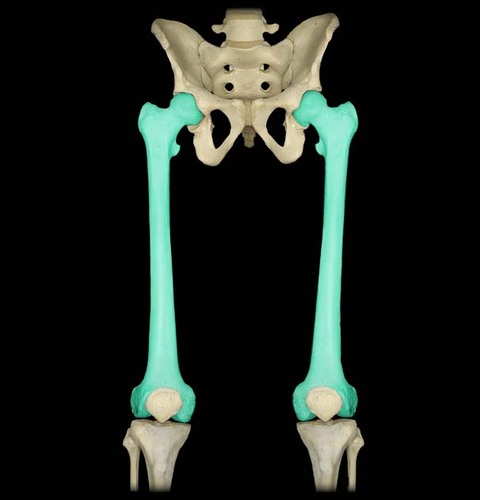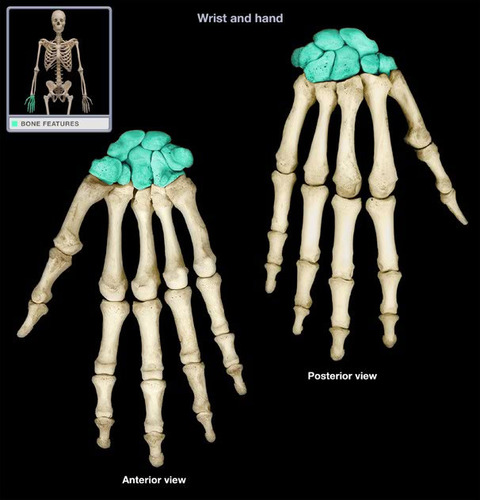Integumentary, Skeletal, and Muscular Systems
0.0(0)
0.0(0)
Card Sorting
1/80
Earn XP
Study Analytics
Name | Mastery | Learn | Test | Matching | Spaced |
|---|
No study sessions yet.
81 Terms
1
New cards
What are the 3 layers of the skin?
epidermis, dermis, hypodermis
2
New cards
What are the major functions of the skin?
protection, temperature regulation, excretion of waste, vitamin D formation, and stimuli reception.
3
New cards
What is the integumentary system?
skin
4
New cards
What is the epidermis?
outermost layer of skin that provides the first barrier against foreign substances
5
New cards
What is the dermis?
middle layer of skin which contains blood vessels that supplies nutrients and oxygen to the cells
6
New cards
The dermis is also called what?
true skin
7
New cards
What is the subcutaneous fascia/hypodermis?
the lowest layer of skin which consists of connective tissue and adipose tissue
8
New cards
What is hair?
a thread-like outgrowth of protein that protects the body and maintains body temperature
9
New cards
What are sebaceous glands?
oil glands that produce a mixture of fats and proteins to prevent drying of skin and hair
10
New cards
What is sebum?
mixture of fats and proteins
11
New cards
What are sudoriferous glands?
sweat
12
New cards
What are keratinocytes?
cells that produce keratin which gives skin its strength and flexibility
13
New cards
What are melanocytes?
cells that produce melanin
14
New cards
What are Merkel's cells?
cells involved in touch reception
15
New cards
What are Langerhans' cells?
cells that process antigens
16
New cards
basal cell carcinoma
most common and least severe; treated with surgery
17
New cards
squamous cell carcinoma
caused by chronic overexposure to the sun; treatable by removal of the area and chemotherapy
18
New cards
malignant melanoma
most dangerous type; treated by removing affected area, chemotherapy and reduced sun exposure; most common with white people
19
New cards
What does squamous cell carcinoma look like?
red, scaly skin that becomes an open sore
20
New cards
What does a malignant melanoma look like?
asymmetrical, irregular border, weird color, large diameter, and change in size/shape/color
21
New cards
What is impetigo?
contagious bacterial infection of the skin
22
New cards
What are the symptoms of impetigo?
red lesions on the face, lesions rupture and ooze which forms a yellowish brown crust
23
New cards
How do you treat impetigo?
wash lesions and use tropical/oral antibiotics
24
New cards
What is dermatitis?
inflammation of the skin
25
New cards
What is psoriasis?
chronic, non contagious inherited skin disease
26
New cards
What are the symptoms of psoriasis?
red thick areas with white/silver scales
27
New cards
How do you treat psoriasis?
cortisone ointments, topical vitamin D analogs, or UV light exposure
28
New cards
What are decubitus ulcers?
bedsores due to pressure because blood supply is cut off for too long
29
New cards
How do you treat decubitus ulcers?
prevention
30
New cards
What is acne?
inflammatory disease of the skin; caused by blockages in follicles and pores
31
New cards
How many bones are in the skeletal system?
206
32
New cards
What bones are in the axial skeleton?
skull, vertebral column, rib cage
33
New cards
What bones are in the appendicular skeleton?
shoulder (pectorial) girdle, arm, hands, hip (pelvic) girdle, legs, feet
34
New cards
Flat bones
skull, pelvis, ribs, sternum, scapula

35
New cards
Irregular bones
vertebrae, sacrum, hyoid

36
New cards
Long bones
longer than they are wide; femur, tibia, fibula, humerus, radius, ulna, and phalanges

37
New cards
Short bones
wide as they are tall; carpals, tarsals, patella (kneecaps)

38
New cards
What are fibrous joints?
immovable; use collagen to attach bones together
39
New cards
What are synovial joints?
freely movable joints
40
New cards
What are cartilaginous joints?
slightly movable joints
41
New cards
What are the three types of fibrous joints?
sutures, syndesmosis, gomphosis
42
New cards
Where are sutures found?
between skull bones
43
New cards
Where are syndesmosis joints found?
between tibia/fibula and radius/ulna
44
New cards
Where are gomphosis joints found?
between teeth and mandible
45
New cards
ball and socket joint examples
shoulder, hip, and femur
46
New cards
hinge joint examples
elbow and knee
47
New cards
pivot joint examples
radius and ulna
48
New cards
condyloid (or ellipsoidal) joint examples
wrist between radius and carpals, or knee
49
New cards
saddle joint examples
joint between carpal thumbs and metacarpals
50
New cards
gliding joint examples
between the carpals
51
New cards
Where can bone marrow be found?
inside the bone
52
New cards
What are osteoblasts?
cells which form new bone
53
New cards
What are osteoclasts?
cells which eat away old bone
54
New cards
What are osteocytes?
mature bone cells
55
New cards
What are the three types of muscles?
skeletal, smooth, cardiac
56
New cards
What are skeletal muscles?
voluntary muscles responsible for movement of the body; contains mutliple nuclei
57
New cards
Where are cardiac muscles found?
in the heart
58
New cards
Where are smooth muscles found?
walls of organs
59
New cards
What do tendons connect?
muscle to bone
60
New cards
What do ligaments connect?
bone to bone
61
New cards
What is insertion?
attachment to movable bone
62
New cards
What is origin?
attachment to stablized/immovable bone
63
New cards
What is agonist/prime mover?
muscles which cause the movement of a limb
64
New cards
What is antagonist?
muscle that opposes or reverses a prime mover; responsible for returning a limb to its initial position
65
New cards
What is a synergist?
two muscles which contract and lead to a movement in the same direction about the axis of a joint
66
New cards
What is a fixator?
stabilizes the origin of a prime mover; ex: they hold the bone still
67
New cards
What is elasticity?
muscle's ability for a muscle to quickly return to its original shape and size
68
New cards
What is excitability?
muscle's ability to respond to a stimulus
69
New cards
What is extensibility?
muscle's ability to stretch
70
New cards
What is flexibility?
muscle's ability to change or be changed according to circumstances
71
New cards
What is fibromyalgia?
a chronic condition causing pain, stiffness and tenderness of muscles, tendons, and joints; one of the most common
72
New cards
Who does fibromyalgia usually affect?
women
73
New cards
What is muscular dystrophy?
a genetic disorder which weakens the muscles; uncurable
74
New cards
What causes muscular dystrophy?
incorrect or missing information in the genes
75
New cards
What is a spasm/cramp?
sudden, involuntary, painful muscle contractions; occurs usually in legs/feet
76
New cards
What causes spasms/cramps?
overexertion, dehydration, low electrolyte levels, poor circulation
77
New cards
What can be done to prevent/treat spasms/cramps?
hydration, stretching to warm up
78
New cards
What is a strain?
overstretching/injury to muscle and/or tendons
79
New cards
What causes a muscle strain?
prolonged/sudden muscle exertion
80
New cards
What are the symptoms of a muscle strain?
muscle pain, swelling, limited movement
81
New cards
How do you treat a muscle strain?
RICE (rest, ice, compression, elevation)